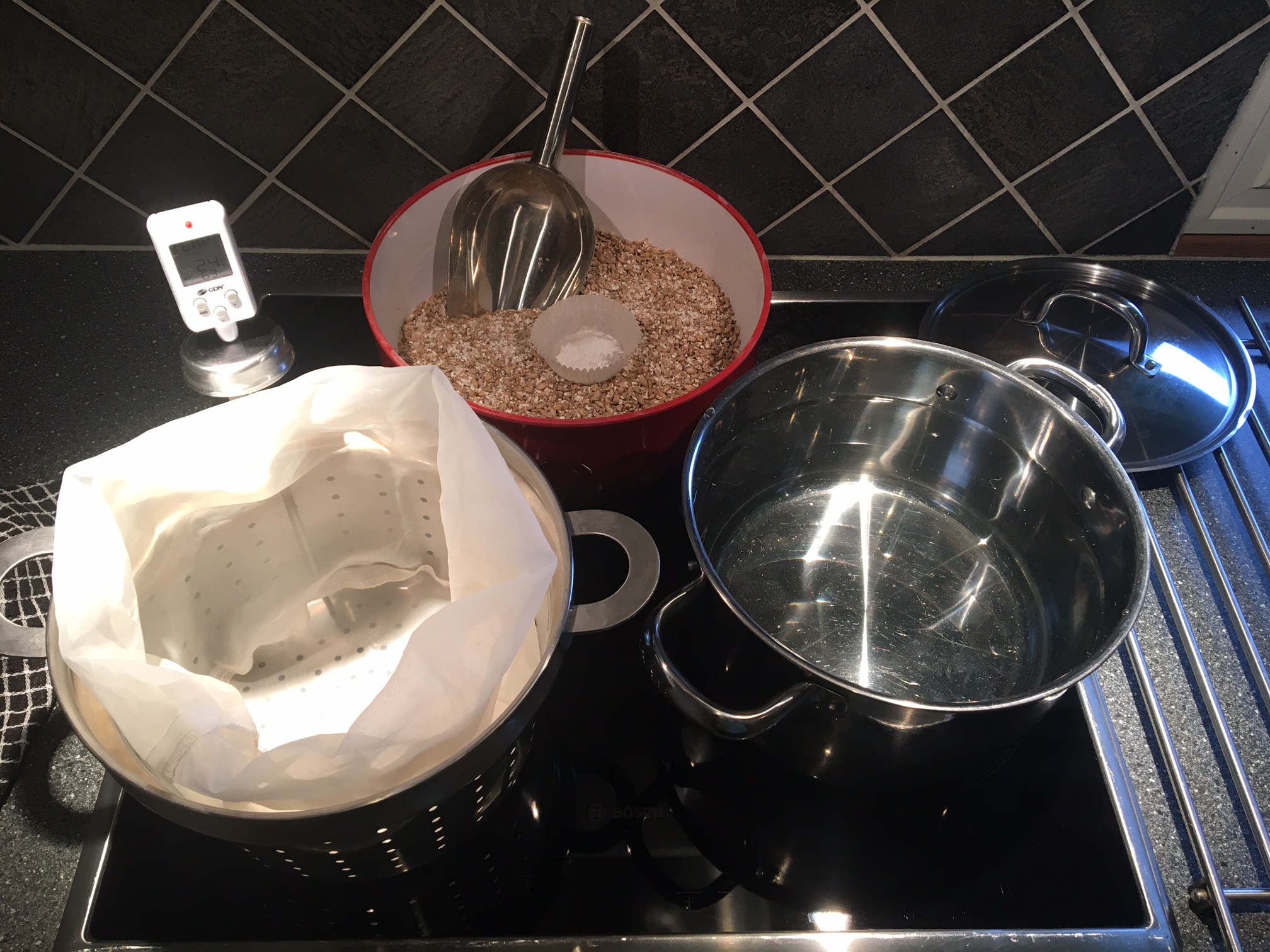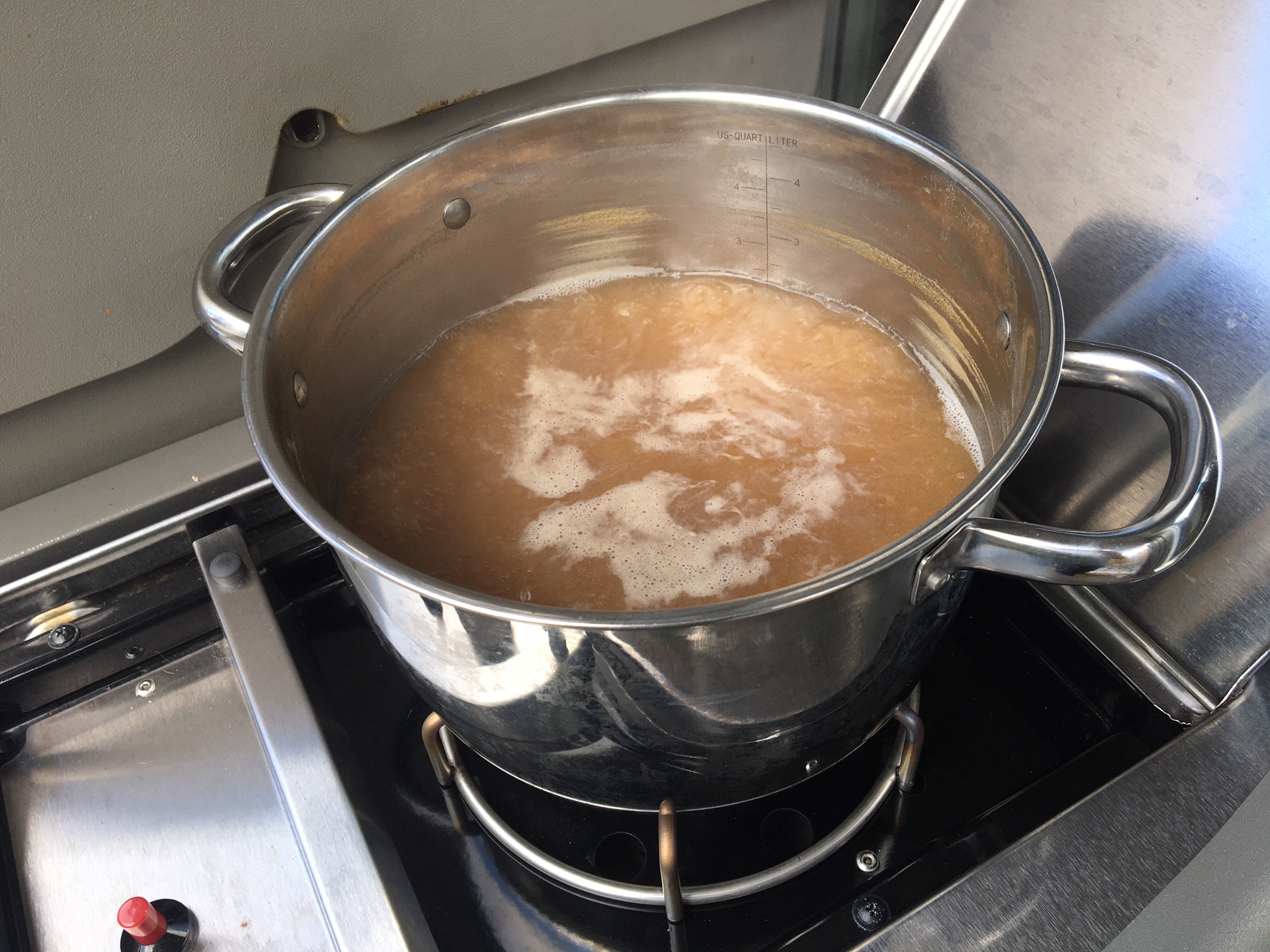HoppyHaze
Home is where the fermentation is
Hey everyone, I am hoping to get into yeast harvesting and starters because its pretty pricey and im hoping to do some more smaller batches.
I currently have been doing a swirl when I walk by method in a growler. I do not have a flask/stir plate. I would like to start overbuilding my starter and harvesting 100b yeasties for future batches, this seems way better than washing to me, however it looks like using the shaken not stirred method isn't really designed for overbuilding and the amount of DME for building a step up starter with just shake agitation would negate the cost savings.
I guess I am basically asking for overbuilding starters and not using tons of DME is my only option a stir plate? If that's a yes what DIY tutorial/equipment worked best and what size flask (or diy container) do yall recommend.
Thanks for the assist
I currently have been doing a swirl when I walk by method in a growler. I do not have a flask/stir plate. I would like to start overbuilding my starter and harvesting 100b yeasties for future batches, this seems way better than washing to me, however it looks like using the shaken not stirred method isn't really designed for overbuilding and the amount of DME for building a step up starter with just shake agitation would negate the cost savings.
I guess I am basically asking for overbuilding starters and not using tons of DME is my only option a stir plate? If that's a yes what DIY tutorial/equipment worked best and what size flask (or diy container) do yall recommend.
Thanks for the assist




































![Craft A Brew - Safale S-04 Dry Yeast - Fermentis - English Ale Dry Yeast - For English and American Ales and Hard Apple Ciders - Ingredients for Home Brewing - Beer Making Supplies - [1 Pack]](https://m.media-amazon.com/images/I/41fVGNh6JfL._SL500_.jpg)



















